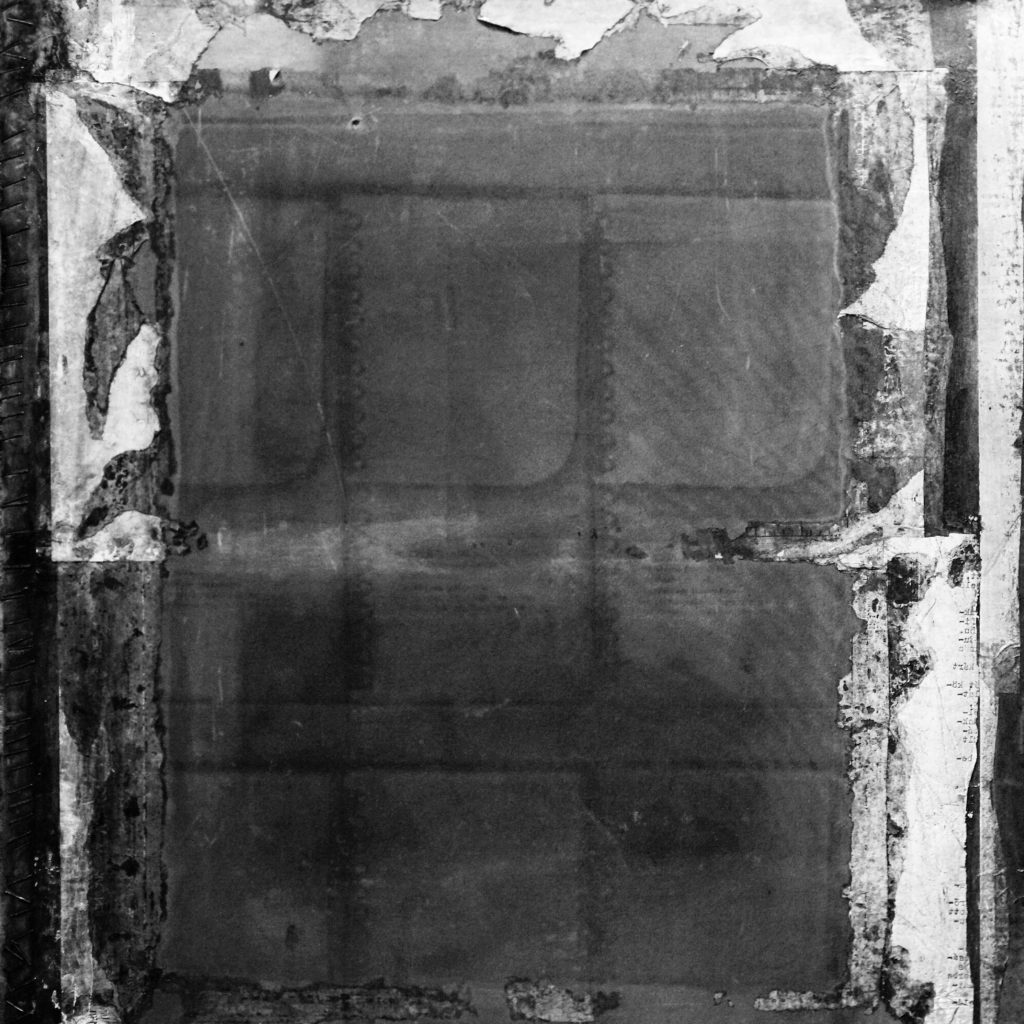Of commemoration strategies, the Ise shrine suggests an algorithmic approach. Create a code for us to reenact and embody, in the way of the pilgrimage or the ritual. The instructions are the monument, and the artifacts they describe become symbols offering us paths to meaning.
Recently in Budapest I spent some time at the Archivum, a large collection of materials from Central Europe’s Communist era. Here commemoration takes the form of a system: organization by category, typology, geography and era to enable research, interpretation and intervention.
The core of this archive is Radio Free Europe documents, including yellowed texts of period newspaper clippings and carefully sorted reports typed on Hungarian, Czechosloviakian and Polish typewriters. Yet it is the graphic and visual materials and ephemera that make this collection unusual: black and red posters from the Polish underground; metal canisters of films from the Hungarian Interior Ministry that demonstrate how to conduct surveillance and disrupt demonstrations; color photos of mass grave exhumations in Bosnia-Herzegovina together with associated forensic artifacts; a selection of newspapers published by post-Soviet ethnic minorities such as Dagestani and Tatar; Hungarian samizdat journals and gallery proofs, together with the squeegees and silkscreen frames used to produce them.
Of all these objects, I was most drawn to the unidentified and unsorted materials. The haphazard stacks of large, beat-up, black-and-white photos of tanks entering what might be Košice, Czechoslovakia, or the many rolls of uncut, unidentified photographic prints salvaged from the main photo processing lab in Budapest in the 1980s. These rolls, kept in gray archival boxes, show unidentified people standing around campfires, sitting uncomfortably on hard sofas, or smiling in their undershirts. They show toy trucks in a yard, chickens, a blurry dog or lamb. They show clouds. They show a blue sky.
/// #image_by_image is an ongoing conversation between photographers Ivan Sigal and Anton Kusters. @ivansigal and @antonkusters on Instagram ///
